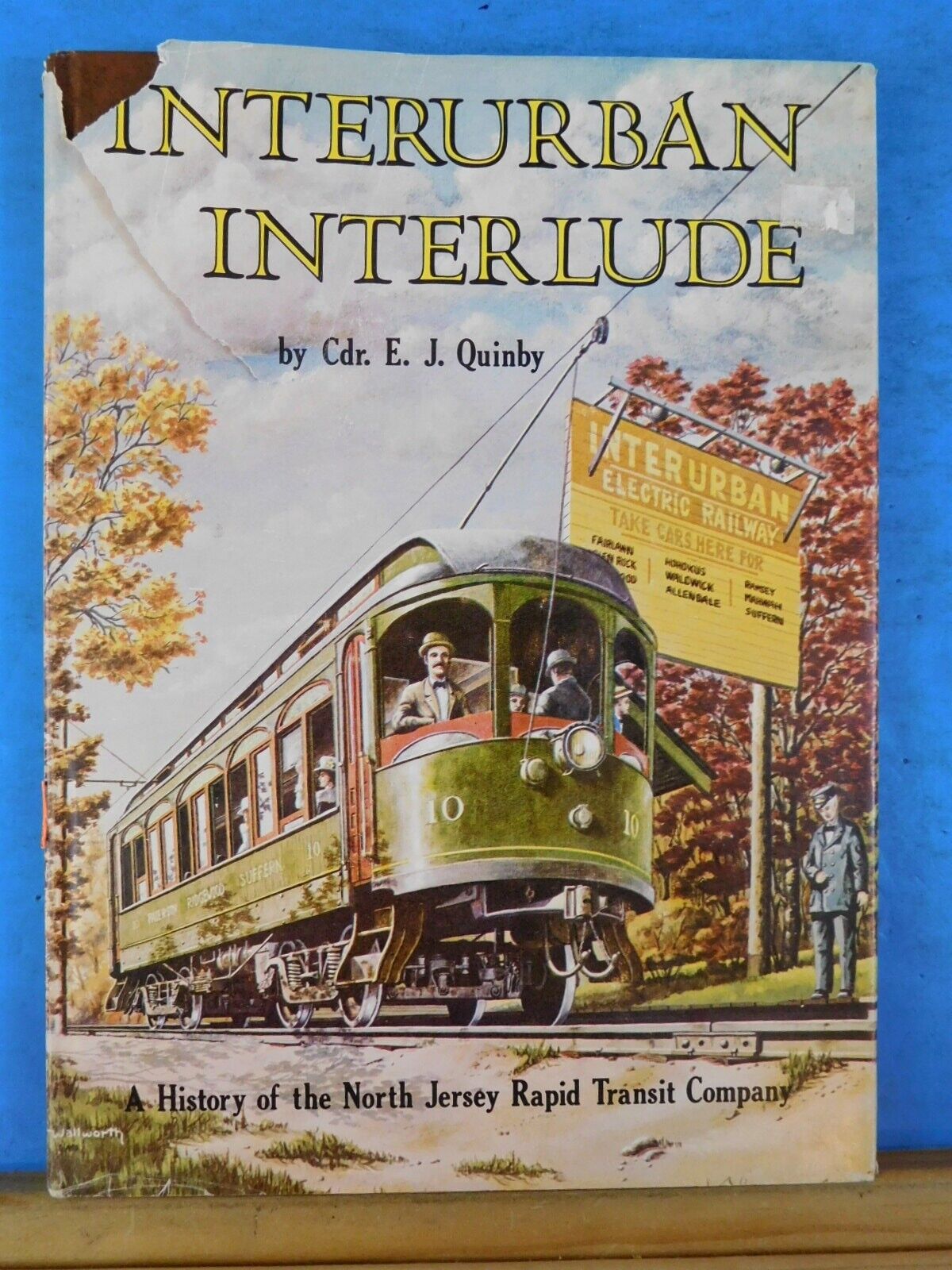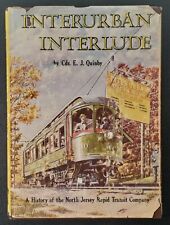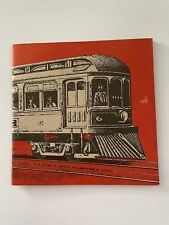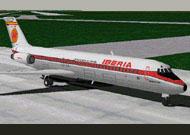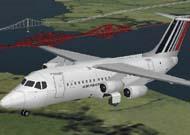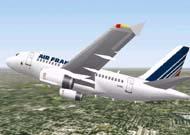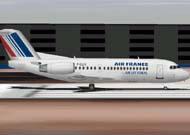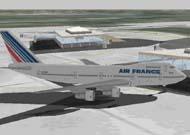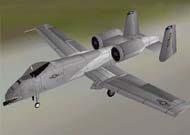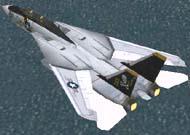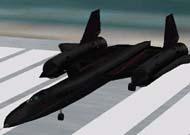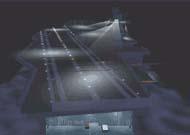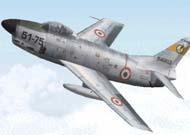When you click on links to various merchants on this site and make a purchase, this can result in this site earning a commission. Affiliate programs and affiliations include, but are not limited to, the eBay Partner Network.
RailroadTreasures offers the following item: Interurban Interlude by Quinby A History of the North Jersey Rapid Transit w/ DJ Interurban Interlude by Quinby A History of the North Jersey Rapid Transit Company. Hard cover with dust Jacket. (has damage)Copyright 1968. 92 pages.
Contents
Introductionii1The Project Is Born12The Fateful Friday123Meeting The Line174Seven For Suffern255Romance on the Rails326George Jackson vs The Hill People367Short Conductor and Shorted Shoe398Off to the Camptown Races409Popover Stopover4510Hired, Mired and Fired5211Operations5612The Mysterious Extension6013Public Service Railway6814Larceny or Liberation7315Sequel: Kindred Spirits Unite77Appendix81
MapsOfficial Map of The North JerseyviThe Planned Stirling Mountain Extension67Public Service Tracks Into Paterson71
FrontispieceCar No. 10, wide and graceful wooden Jewett interurbanin green with red trim, waits at the East Paterson terminal, where passengers transferred to the Public Service\'s Hudson River Line.The Don Wallworth painting appeared on the Oct. 1967 cover of Railroad Model Craftsman Magazine.
Introduction -- THE GRANDIOSE SCHEME to provide the suburbs of New York City across the Hudson River in Northern New Jersey with swift and convenient rapid transit access to the big town was well founded. It is more of a necessity today than it was back in 1908 when the project was actually started, for today this increasingly popular suburban area has become much more densely populated. Its transportation problems have become gigantic in the meantime. The frantic efforts to relieve the automotive congestion of its highways by constructing more highways at increasing costs to the taxpayers, serve only to attract so many free-wheeling vehicles that the situation gets progressively worse instead of better. Aside from the tragic cost to life and limb on these modern death-traps, the traffic moves slower and slower as the congestion mounts. The facilities for acall these additional vehicles during their daily layover in New York City have become swamped to the extent of traffic strangulation within the great town. The remedy merely aggravates the malady.
As in other great cities where similar serious traffic problems have concurrently developed, costly studies by experts have produced plans for a more successful solution to the problem. After much card punching and tape scanning, ultra-modern electronic computers response data that invariably points to the same solution. The experts come up with the sage advice that what the area needs is an efficient electric rapid transit system to eliminate the senseless deluge of private automobiles each carrying an average of one and a half passengers! Across the nation, in one suburban area after another, such projects are under way at last; in Boston, New York, Philadelphia, Chicago, Cleveland, San Francisco and Los Angeles. Each of these congested areas had their electric mass-transportation systems but, with the advent of the privately owned automobile, these facilities were torn up and thrown away in the belief that the gasoline vehicles would be better, cheaper, faster, and more convenient. The railways were maligned as outmoded!
Now that the truth has been learned the hard way, it is costing much more to rebuild the electric transit systems than they originally cost. Real estate for the right-of-ways is more expensive to acquire, labor is more costly and prices of materials have sky-rocketed. It recently cost the tax-payers of New York City some $52,000,000 to convert an existing two miles of double-track railroad across Jamaica Bay into a rapid transit extension-albeit with great improvement. But even at such fantastic prices, it is proving to be well worth the cost.
When Alexander Hamilton stood on the banks of the Passaic River viewing the spectacular Falls of the Passaic, he was inspired by their beauty and by their potential water power. As a result, he sponsored the Society for Establishment of Useful Manufacturers, and the City of Paterson was born there. Today Alexander Hamilton still stands on that same spot, in bronze, contemplating the falls. Behind him, a great city has grown up, spawning one large industry after another: silk mills, locomotive plants, airplane factories, et al. His name graces a fine hotel in the heart of the city close to City Hall; and one of the city\'s big banking houses the Hamilton Trust Company. Downstream on the East bank of the Passaic River in East Paterson-more than a century later stood William Fertig, shovel in hand as he announced \"Here we will start.\" That was in the Fall of 1908, and as he broke ground there, the North Jersey Rapid Transit project was born. And, it was the Hamilton Trust Company which financed this visionary enterprise.
The North Jersey Rapid Transit line was well conceived. The fifteen miles of it that was actually constructed cost less than $2,000,000. That was the part between Paterson, N.J. and Suffern, N.Y. Unfortunately the all-important link between Paterson and Hoboken to connect with the Hudson Tubes and thence with mid-Manhattan never got built; neither did the branch from Ho-Ho-Kus to Spring Valley, nor the extension to Greenwood Lake. As a result, the line never achieved status as a real Rapid Transit System but was forced to struggle along more or less as an isolated but ambitious Interurban line for an interlude of 20 years, always hopeful of carrying out the original plan! But fate dealt a crushing blow to the project in its infancy, a blow that suddenly halted the growth of this promising youngster. Its Interlude as an Interurban became its Swan Song, with the advent of the privately owned automobiles.
It is my conviction that, had the line been completed according to the original plan, it would have survived to become a most important commuter link to New York City. The area it proposed to tap has become increasingly populous despite its desperate need for efficient transit, a problem which is becoming more acute by the hour. But hope is not dead; the original right of way remains intact, now utilized by a high tension transmission line. And the eyes of the experts who conduct the sophisticated transit relief studies are casting glances upon it more frequently as time passes. Austin J. Tobin, head of the Port of New York Authority which has now acquired and operates the Hudson Tubes, has announced \"What North Jersey needs is Rapid Transit\".
Aside from the advantages in convenience and economy, there is something to be said in favor of electric transportation from the standpoint of health and survival. For example, in Los Angeles where an acute and almost chronic smog condition prevails, it has been observed that the situation has become considerably worse since swarms of automotive vehicles have replaced the comprehensive 1000 miles of electric railways in the area. Residents and visitors alike complain bitterly about the way their eyes smart, and the way they develop asthmatic symptoms. The dread emphysema malady seems to be on the upsurge. About one in every ten medical cases on relief is now reported to be suffering from emphysema in one stage or another. If not successfully treated, this disease leaves the victim with ruined lungs, gasping for breath on a deathbed. The condition is observed mainly in any big metropolis where air pollution is prevalent and the chief irritant in the pollution is sulphuric acid, spouted from smoking chimneys, petroleum refineries and exhausts from internal combustion engines. But emphysema, the offenders argue, may be caused by tobacco-smoking, which appears true. However, 50% of the victims are non-smokers! Also, it is charged, electric power stations may be run by smoke-producing prime-mover engines. True enough, but they can better be run by smokeless hydro-electric power, or by smokeless and harmless atomic energy, neither of which, alas, automotive vehicles are capable of utilizing.But I do not pose as a reformer, and this work is not offered as a campaign. Rather, it is submitted as the history of the North Jersey Rapid Transit Company which was born in a golden era and destined to be overtaken by change masquerading as progress. I leave the reader to evaluate the merits of that change. E.J.Q.All pictures are of the actual item. If this is a railroad item, this material is obsolete and no longer in use by the railroad. Please email with questions. Publishers of Train Shed Cyclopedias and Stephans Railroad Directories. Large inventory of railroad books and magazines. Thank you for buying from us.
Shipping chargesPostage rates quoted are for shipments to the US only. Global shipping charges are shown. These items are shipped to Kentucky and then ships them to you. collects the shipping and customs / import fees. For direct postage rates to these countries, send me an email. Shipping to Canada and other countries varies by weight.
Payment options Payment must be received within 10 days. Paypal is accepted.
Terms and conditions All sales are final. Returns accepted if item is not as described. Contact us first. No warranty is stated or implied. Please e-mail us with any questions before offerding.
Thanks for looking at our items.


